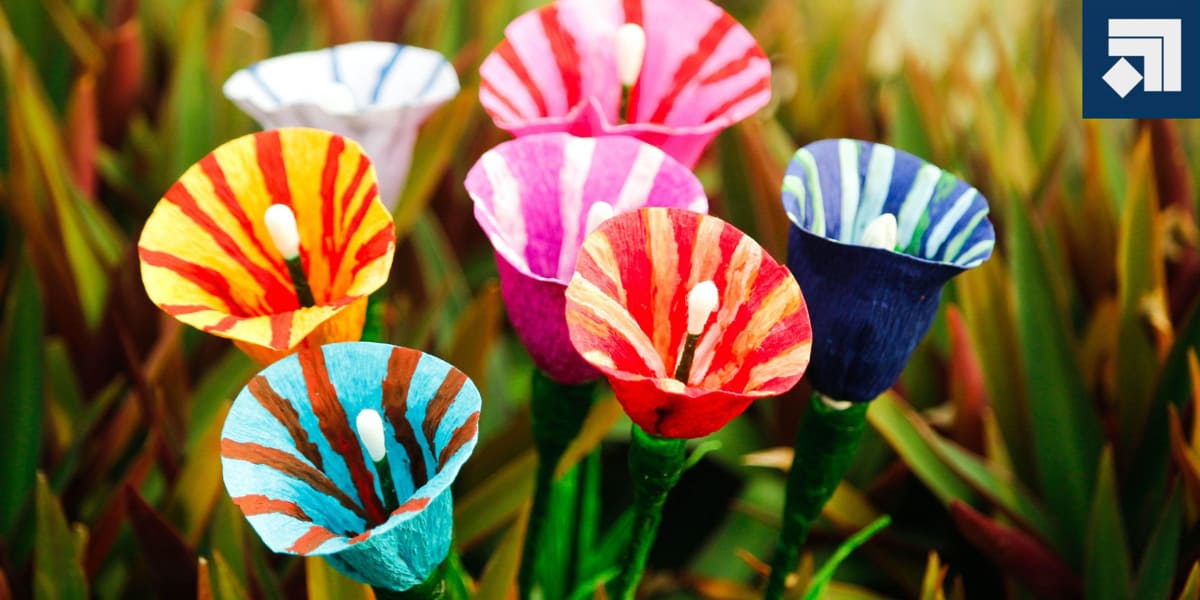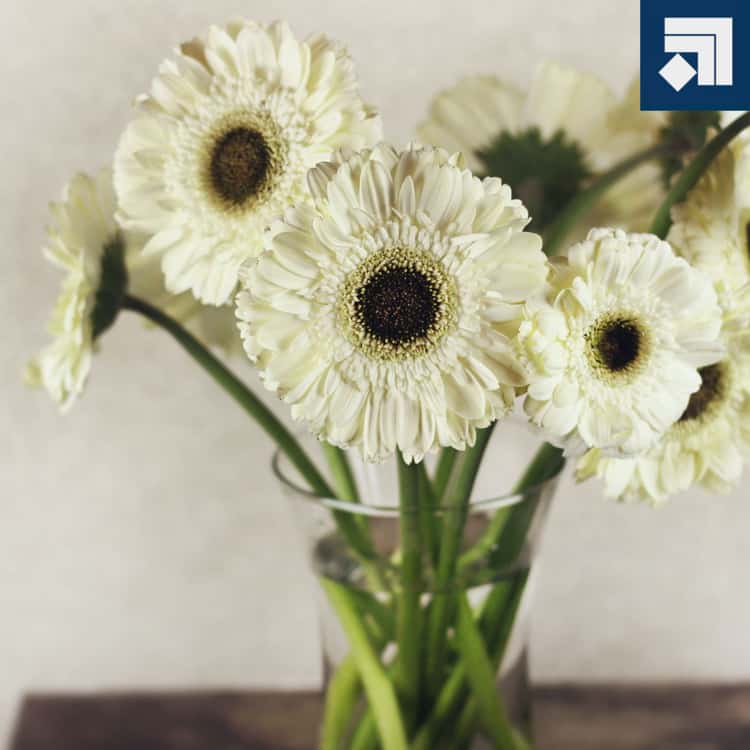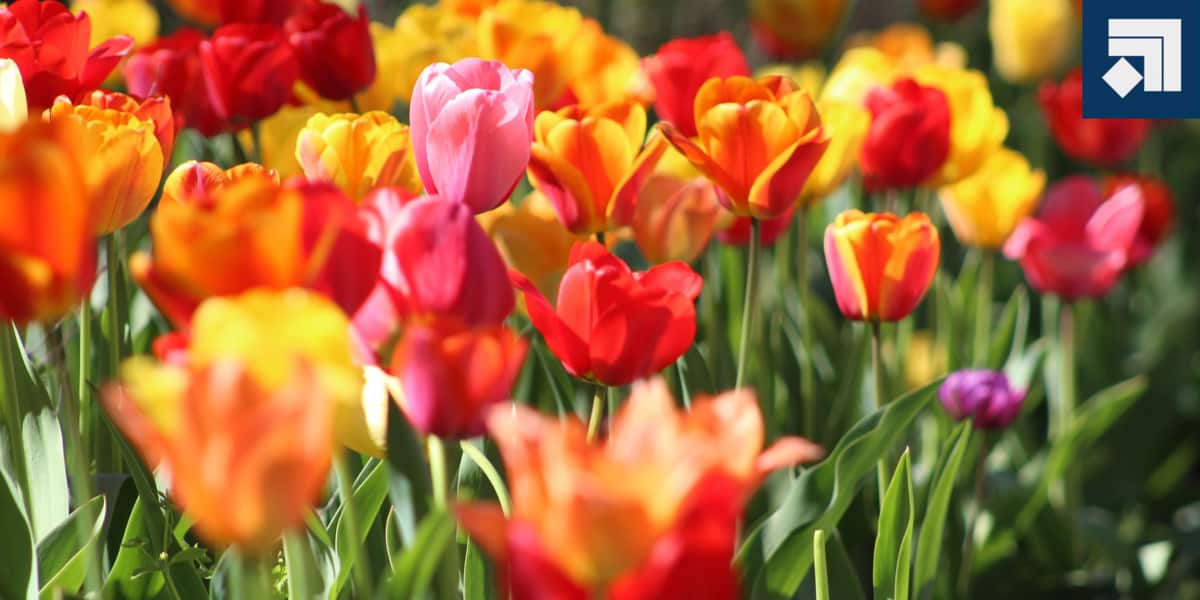Stepping into a garden bursting with colorful blooms is a delight that warms the soul. But what’s even more satisfying is being able to bring those vibrant flowers indoors to enjoy their beauty up close. But how to cut flowers from garden with care and precision?
Learning how to cut flowers from your garden is an art that requires a delicate touch and a keen understanding of plant physiology. In this comprehensive guide, we’ll explore the steps, techniques, and tips to ensure you harvest your garden’s bounty while ensuring the health and vitality of your plants.
TL;DR: Cutting flowers from your garden requires careful consideration of timing, tools, and techniques. This article provides insights into the art of flower harvesting, from choosing the right moment to tips for prolonging vase life.
The Art of Flower Cutting
The act of cutting flowers from your garden is more than just a task; it’s an art form that involves preserving the beauty and vitality of your plants. By understanding the principles of proper flower harvesting, you can enjoy a continuous cycle of blooms while supporting the health of your garden.
Harvesting Flowers: Techniques and Guidelines
1. Timing is Everything
- Early Morning or Late Evening: Opt to cut flowers during these cooler parts of the day to minimize stress on the plants.
- Before Full Bloom: Choose flowers that are not fully open yet but are showing color, as they will continue to open indoors.
2. Essential Tools for Precise Cutting
Cutting flowers is more than just snipping stems—it’s a crucial moment that impacts both the appearance and longevity of the blooms. The right tools can make the difference between a jagged cut that inhibits water uptake and a clean cut that promotes optimal hydration.
Choosing the correct tools not only ensures a visually appealing arrangement but also supports the overall health of your garden.
- Sharp Pruners or Shears: Use clean, sharp tools to ensure clean cuts that minimize damage to the plant.
- Clean Water Container: Keep a bucket of clean water nearby to immediately place cut flowers in.
While sharp pruners and a water-filled container are the cornerstones of flower cutting tools, a few other items can enhance your flower harvesting experience:
- Flower Preservative: Adding a flower preservative to the vase water can provide essential nutrients and antimicrobial agents, extending the life of your cut blooms.
- Sharp Knife or Scissors: In situations where pruners might be too large or cumbersome, a sharp knife or scissors can be used for precision cutting.
- Bucket or Basket: Use a bucket or basket to hold your freshly cut blooms as you move around the garden, preventing them from being damaged or crushed.
3. Choosing the Right Blooms
- Healthy Stems: Select stems that are healthy, free from disease, and have strong foliage.
- Strong Growth: Choose flowers from well-established plants that can afford to lose a few blooms.
Harvesting Techniques for Different Types of Flowers
1. Annuals and Perennials
- Annuals: Harvest annual flowers when they have several open flowers and more buds.
- Perennials: Cut perennials when they have multiple stems and abundant blooms.
2. Roses and Peonies
- Roses: Cut roses early in the morning with a slanting cut just above an outward-facing leaf node.
- Peonies: Cut peonies when they’re in the “marshmallow” stage—still firm and slightly closed.
3. Delicate Flowers and Bulbs
- Delicate Blooms: Flowers like sweet peas and poppies are best harvested when fully open.
- Bulbs: When harvesting flowers from bulbs, such as tulips, choose stems with buds that have color.
Preserving Freshness: Tips for Longer Vase Life
1. Water and Nutrients
- Clean Vase: Use a clean vase with fresh water and flower preservative.
- Change Water: Replace the water every two days to prevent bacterial growth.
2. Pruning and Trimming
- Submerged Cutting: Trim stems underwater to prevent air bubbles from forming in the stem’s vessels.
- Remove Extra Foliage: Leaves below the water line can promote bacterial growth; remove them.
3. Placement and Environment
- Avoid Direct Sunlight: Place the vase away from direct sunlight and heat sources.
- Cool Environment: Keep the flowers in a cool area at night to slow down the aging process.
Tips From Experienced Gardeners
“Timing and Technique” – Emily, a seasoned gardener, suggests cutting flowers early in the morning when they’re well-hydrated and using sharp, clean pruners to ensure a clean cut that promotes healing.
Frequently Asked Questions (FAQs)
Q1: How do I know when a flower is ready to be cut?
A: Flowers are ready for cutting when they have some open blooms and show color but are not fully opened.
Q2: Should I cut flowers in bud or full bloom?
A: It’s ideal to cut flowers in bud or partially open stage, as they will continue to open indoors.
Q3: Can I cut flowers during the day?
A: Early morning or late evening is the best time to cut flowers when temperatures are cooler and plants are well-hydrated.
Q4: How long will cut flowers last in a vase?
A: With proper care, cut flowers can last anywhere from a few days to a week or more.
Conclusion
Cutting flowers from your garden is a rewarding practice that allows you to bring nature’s beauty indoors. By mastering the art of harvesting, you not only enjoy the visual splendor of your blooms but also nurture your plants for future growth. Remember, the act of cutting is a collaboration between you and your garden—a partnership that adds beauty to your surroundings while preserving the vitality of your beloved plants.
Fun Fact: Some flowers, like the statice flower, can be air-dried and preserved for long-lasting decorative use. This technique allows you to enjoy the beauty of your garden blooms even after they’ve dried.
Originally posted 2023-08-09 09:23:55.



